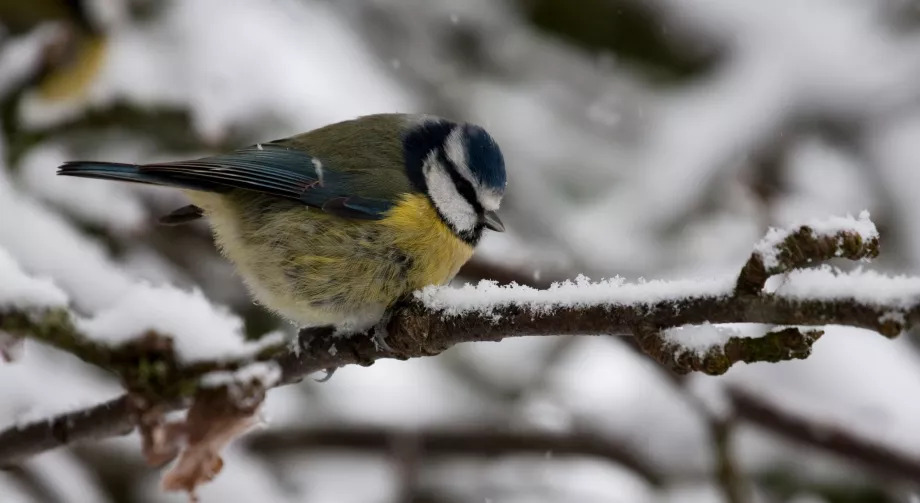Protect young or coppiced trees
Protective guards should be installed around young, establishing, or coppiced trees to prevent browsing by deer. It is also a good time to remove any old tree guards from trees which no longer need them (are mature enough), or guards which need replacing. Cutting bracken, bramble, or weeds from around the base of newly establishing trees is a good idea in autumn/winter when their growth rate naturally slows.
Managing woodland for biodiversity is a year-round commitment, and careful planning during the colder months can pay dividends in terms of improving woodland health, enhancing wildlife habitat, and potential income. For further information, please get in touch with us directly at [email protected]






